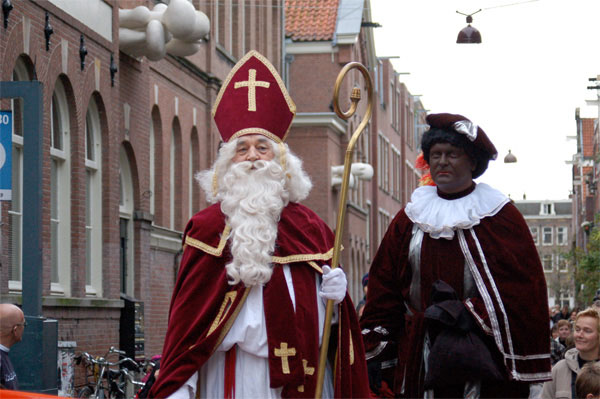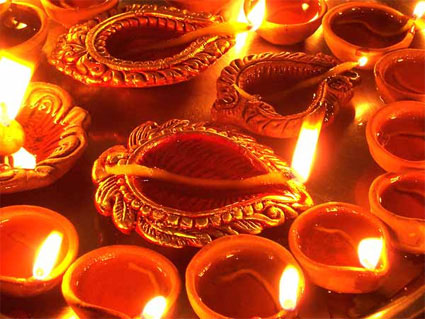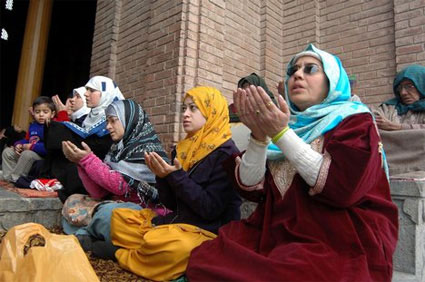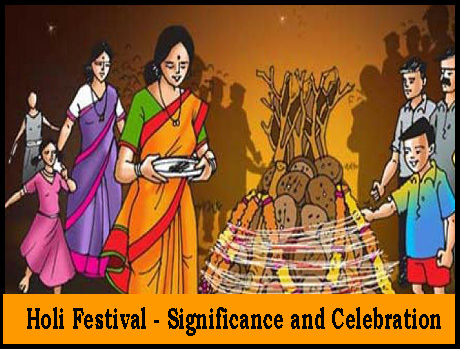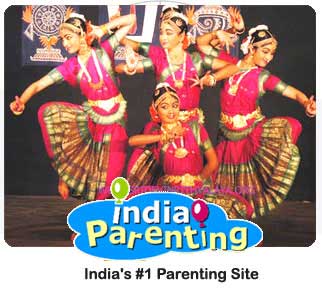Sinterklaas is the traditional Dutch festival associated with Saint Nicholas. Learn more about how it is celebrated. Most people associate Santa Claus with Saint Nicholas. However, in the Netherlands, the feast of Saint Nicholas is celebrated separately. This feast falls on 6th December and is known as Sinterklaas. Although the festival is primarily a Dutch tradition, it is also celebrated in Belgium, Luxembourg, Switzerland, Germany, Austria, Poland, Romania, and the northern provinces of France. In this articleHistory of SinterklaasDescription of Saint NicholasSinterklaas Celebrations History of Sinterklaas Sinterklaas is the Dutch name for Saint Nicholas. He was the bishop of Myra, a place in Turkey, during the fourth century. He did many good deeds for the community including feeding starving children and rescuing poor maidens from slavery by giving them dowries. This enabled them to get married. In later years, sailors would pray to him to keep them safe while they were out at sea. Therefore, the saint came to be known as a protector of seamen. To honour the saint, the Dutch city of Amsterdam built a church dedicated to him. They also declared him as the patron saint of the city. Saint Nicholas is especially famous for being kind to children. Hence, the celebrations are centred on young children. Description of Saint Nicholas Although Saint Nicholas is considered the precursor of Santa Claus, he has his own distinct characteristics. He is traditionally dressed in bishops red robes and wears a red mitre (traditional bishops hat) on his head. In one hand, he holds a crosier, which is a long, golden staff having a curly top. He also has a large book with him, in which the names of all the children are written along with a remark saying if they have been good or badly behaved during the previous year. Saint Nicholas rides a white horse called Amerigo, as he visits homes. In Belgium, the horse is named Slechtweervandaag, which means bad weather today. The story behind this name is that the Saint could not think of a name for his horse so he asked his helper to pick one. The helper misheard the saint and thought that he was asking for the days weather forecast. The saint interpreted his reply as the name to be given to the horse. Sinterklaas Celebrations Spanish sailors first introduced Saint Nicholas to the Dutch people, when Spain ruled Holland, in the 16th century. In keeping with this tradition, a person representing Saint Nicholas arrives in a steamboat from Spain on November 17, each year. The arrival of the saint is a very grand event. After his steamboat is docked in the harbour, the saint mounts his white horse and is paraded through the streets of the city. The parade itself is broadcast on television. Children sing traditional Sinterklaas songs to welcome Saint Nicholas. His helpers, called Zwarte Pieten or Black Petes, also accompany him. They throw candy and gingerbread cookies to the crowd. In the weeks between the arrival of the saint and the actual feast day, a special tradition is followed. Every evening, children keep a shoe with some hay in it and a glass of water at the entrance of the fireplace. These are refreshments for Sinterklaas horse. Before going to bed, the children sing some Sinterklaas songs. During the night, the Zwarte Pieten are said to remove the hay and water and replace it with gifts. If the children have been good through the year, they will get sweets while bad children will get coal or a small bag of salt. On the eve of Sinterklaas, the saint is said to visit all the homes and deliver gifts to the children in them. In Belgium, the children receive their gifts when they wake up the next day. However, in Holland, the gifts are delivered in the evening itself. Each gift is accompanied by a poem, which is usually about the child to whom the gift is addressed. Alternatively, the poem may give a clue about the contents of the gift. The Sinterklaas also visits children in hospitals and schools. In each school, children up to the second grade receive a small toy. On December 6, the Sinterklaas goes back to Spain in his steamboat. This day is not a holiday though children get a few hours to play with their new toys before going to school later in the day.
Sinterklaas is the traditional Dutch festival associated with Saint Nicholas. Learn more about how it is celebrated. Most people associate
Santa Claus with Saint Nicholas. However, in the Netherlands, the feast of Saint Nicholas is celebrated separately. This feast falls on 6th December and is known as Sinterklaas. Although the festival is primarily a Dutch tradition, it is also celebrated in Belgium, Luxembourg, Switzerland, Germany, Austria, Poland, Romania, and the northern provinces of France.
History of Sinterklaas
Sinterklaas is the Dutch name for Saint Nicholas. He was the bishop of Myra, a place in Turkey, during the fourth century. He did many good deeds for the community including feeding starving children and rescuing poor maidens from slavery by giving them
dowries. This enabled them to get married. In later years, sailors would pray to him to keep them safe while they were out at sea. Therefore, the saint came to be known as a protector of seamen.
To honour the saint, the Dutch city of Amsterdam built a
church dedicated to him. They also declared him as the patron saint of the city. Saint Nicholas is especially famous for being kind to children. Hence, the celebrations are centred on young children.
Description of Saint Nicholas
Although Saint Nicholas is considered the precursor of Santa Claus, he has his own distinct characteristics. He is traditionally dressed in bishop's
red robes and wears a red mitre (traditional bishop's hat) on his head. In one hand, he holds a 'crosier', which is a long, golden staff having a curly top. He also has a large book with him, in which the names of all the children are written along with a remark saying if they have been good or badly behaved during the previous year.
Saint Nicholas rides a white horse called Amerigo, as he visits homes. In Belgium, the horse is named 'Slechtweervandaag', which means 'bad weather today'. The story behind this name is that the Saint could not think of a name for his horse so he asked his helper to pick one. The helper misheard the saint and thought that he was asking for the day's weather forecast. The saint interpreted his reply as the name to be given to the horse.
Sinterklaas Celebrations
Spanish sailors first introduced Saint Nicholas to the Dutch people, when Spain ruled Holland, in the 16th century. In keeping with this
tradition, a person representing Saint Nicholas arrives in a steamboat from Spain on November 17, each year.
The arrival of the saint is a very grand event. After his steamboat is docked in the harbour, the saint mounts his white horse and is paraded through the streets of the city. The parade itself is broadcast on television. Children sing traditional Sinterklaas songs to welcome Saint Nicholas. His helpers, called 'Zwarte Pieten' or 'Black Petes', also accompany him. They throw candy and gingerbread cookies to the crowd.
In the weeks between the arrival of the saint and the actual feast day, a special tradition is followed. Every evening, children keep a shoe with some hay in it and a glass of water at the entrance of the fireplace. These are refreshments for Sinterklaas' horse. Before going to bed, the children
sing some Sinterklaas songs. During the night, the Zwarte Pieten are said to remove the hay and water and replace it with gifts. If the children have been good through the year, they will get sweets while bad children will get coal or a small bag of salt.
On the eve of Sinterklaas, the saint is said to visit all the homes and deliver gifts to the children in them. In Belgium, the children receive their
gifts when they wake up the next day. However, in Holland, the gifts are 'delivered' in the evening itself. Each gift is accompanied by a poem, which is usually about the child to whom the gift is addressed. Alternatively, the poem may give a clue about the contents of the gift.
The Sinterklaas also visits children in hospitals and schools. In each school, children up to the second grade receive a small toy. On December 6, the Sinterklaas goes back to Spain in his steamboat. This day is not a holiday though children get a few hours to play with their new toys before going to school later in the day.











